Pre-Assault Cues! Or not…
Nathan Wagar
Nonverbal research has been going on at least as early as 1872 when Darwin noted the effect in The Expression of the Emotions in Man and Animals, and has come to a head in recent years. This is particularly true in reality based self defense and tactical training, as law enforcement dash cam footage and interrogation tactics have led to a touch and go relationship with the academic research.
Current instructors speak of nonverbal cues applied specifically to the context of a physical assault, and often give these cues names like “pre contact,” “pre assault,” or “pre attack” cues, indicators, etc. I do it myself, and it is a welcome and necessary evolution in contemporary training. However, there are risks with using this type of material that need to be addressed, and they usually relate to sample quality and interpretation.
1. When instructors fail to provide proper context or testing criteria for whether the nonverbal behavior is in fact, a cue. This can be referred to as “baseline.” The idea is that you need to know what normal looks like before you can spot contextual changes or abnormalities in response.
2. Extrapolating the results beyond what the evidence actually shows.
The first error in particular is very common when reviewing footage such as dash cam or CCTV. We know how the story ends, and we review all the footage with this bias in mind. It is then easy to pick apart every subtle body movement of the attacker, seeing a “grooming” movement behind every touch of the cheek, or a “weapon index” behind every brush of the hand against the pants. These are all useful cues, but studying them in this manner has no integrity because there is no way to check ourselves if we are wrong.1)Yael Granot, et. al., “In the Eyes of the Law: Perception Versus Reality in Appraisals of Video Evidence” in Psychology, Public Policy, and Law (September, 2017), DOI: 10.1037/law0000137.
There have been studies where experienced law enforcement and civilians were given a blind test on mixed footage, some ending in an attack and others not, and were not told ahead of time which person in the footage would perpetrate the violence. In each case the footage was stopped just prior to any physical assault. There was only a marginal difference in ability between the different groups in predicting who the attacker would be, when they would attack, or even if they would attack. And bear in mind that law enforcement have the benefit of making false positives by monitoring a given person.2)Tom Troscianko et al., “What Happens Next? The Predictability of Natural Behaviour Viewed Through CCTV Cameras,” in Perception 33, no. 1 (January, 2004): 87-101, accessed October 24, 2017, https://doi.org/10.1068/p3402. “Signal detection analysis indicated marginal evidence that police show greater accuracy in predicting clips that cut to black screen compared to the general public. A stronger effect was noted in the analysis of the criterion, with police officers much more likely to predict a crime regardless of whether there was one.” David Crundall and Lauren Eyre-Jackson, “Predicting criminal incidents on the basis of non-verbal behaviour: the role of experience” in Security Journal 30, no. 3 (July, 2017): 703-716.
A law enforcement officer can approach a suspect, see the suspect touch his face, and approach cautiously while preparing for a physical threat. Never mind the fact that an anxiety cue can be triggered by the mere presence of a police officer, and does not in itself indicate anything other than just that: anxiety. And even then, only possibly.
A civilian has no such leeway, we can’t simply walk up and accost someone displaying odd behavior, and to do so runs the risk of escalating the situation into a self fulfilling prophecy. There is safety in knowing the ending of that video footage. There is no safety in an assault charge for jumping the gun because someone touched their own hip.
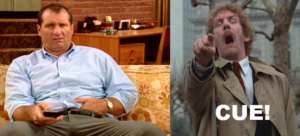
When we study footage and read into the cues after the fact, we are allowing the end destination in conjunction with the initial conditions to give meaning to everything that comes in between. Real world experience works in precisely the opposite manner. In the real world, we don’t know this person, and any baseline is fluid and changing precisely as we are attempting to measure it.
This is the hallmark of complex adaptive systems. There has to be a focal point for any human action whether it be initial starting conditions or the end result, but in real time we only have access to the former.
Analyzing footage in hindsight is useless because it is through a static lens; what we want to develop is a dynamic skill set that channels flows of movement and behavior through “lever points” that give us a prediction of high probability. How do we understand this?
One potential way forward is by approaching cues the same way that current interrogation techniques have focused on “guiding the interview.” This is particularly helpful because many of the cues that self defense instructors teach revolve around the very anxiety cues that lie detection used to primarily rely on, with abysmal results.
Once academic research filtered down to boots on the ground, they restructured the interview to focus less on anxiety cues such as hand or foot movement, and more to establishing a baseline and directing the narrative to lever points for monitoring cognitive load. So let’s say there is a chink in the suspect’s story. One possible approach would be for the interrogator to monitor for signs of cognitive load and possibly anxiety cues at only those precise points where the story breaks down.
This requires contrast between the true and the false, the flow of truth and the cognitive load of lying, and this can only be accomplished by an interviewing technique that guides the suspect punishingly toward the cracks in the narrative. Otherwise the cues mean nothing; they are one of the many possible movements and responses of the human body flapping in the wind.3)For a comprehensive review of variations in the cognitive interview for interrogation purposes, see Jeffrey J. Walczyk et al., “Advancing Lie Detection by Inducing Cognitive Load on Liars: A review of Relevant Theories and Techniques Guided by Lessons from Polygraph-Based Approaches,” in Frontiers in Psychology 4 (2013): 14, accessed October 24, 2017, DOI: 10.3389/fpsyg.2013.00014.
How does this apply to self defense?
An interaction with another person is like a story that takes place in time and space. Our actions help dictate the other person’s choices and potential actions in real time. This happens whether we intend to or not because when the timer doesn’t stop, not making a move is still making a move because it affects the decision options available. This means that we must proactively perform things like positioning, posture, verbal choices, and the like.
To use a concrete example, raising your hands into a protective posture such as the “fence” and circling around does nothing except burn calories. In fact, in some ways it can actually make certain cues harder to spot, since both you and the attacker are already moving and concealing postural cues such as weight shifts. This would be an example of an unstructured interview. A structured interview may be something like placing him physically in a position where if he moves, he is forced to make a choice, one benign and one malignant.
If I stand directly in front of someone so that both their feet are facing me on a parallel line to mine, he is forced to take a step off that imaginary line on the ground in order to have the triangular base necessary to deliver a strike. Any weight shift off that axis then is a cue, otherwise most people would remain standing comfortably in that position to continue a conversation. Non threat: He stays on the line. Threat: He steps off it.
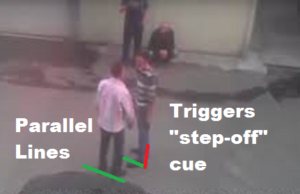
By contrast, an unstructured approach would be to allow the man to stand however he wants, and to worry only about our own hands being up in a “fence” position. Can it work? Sure. But you’re behind the curve, and let’s not pretend that your nonverbal cue reading ability is playing a significant part in the equation.
This is a subtle, but absolutely critical difference. In a complex adaptive system, agents behave according to decision trees that take into account their environment and other agents in real time. The only way to “predict” certain actions is to control certain “lever points” in the decision tree that force a given response. When applied to cues, it isn’t about looking for certain cues devoid of context, or even necessarily in context. It is about structuring the interview, and forcing the context that gives him the set of options you can predict.
If a man fully intends to rob somebody, and rubs his chin briefly because he has razor burn from shaving earlier that morning, the person watching may interpret him as displaying a grooming cue. But is this grooming? Or is his chin itchy? Or is his chin itchy, but he also happens to be displaying grooming as well by scratching it due to anxiety?
All these things matter, because if we can’t pare away the extra variables and find the common denominator, we inevitably have to take the “cluster cue” route that so many systems teach. There is nothing wrong with that when properly used, but it frequently turns into an unwieldy set of lists of various types of nonverbal cues that need to be tallied up until you feel you have a potential threat.4)Patrick Van Horne and Jason A. Riley, Left of Bang (Los Angeles: Black Irish Entertainment LLC, 2014), 72-83.
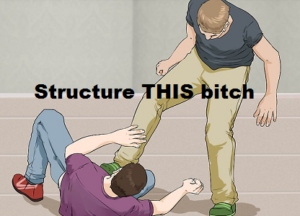
There are all kinds of variables during a potential attack; we need to force the decision tree that cuts down what we have to monitor. A further approach that I have found helpful is to divide between what I refer to as structural and process cues. Structural cues are secondary cues that a threat might display because he is anxious or experiencing the sympathetic response, and process cues are primary cues that he actually has to display in order to successfully assault you.
These types of process cues would be related to closing the distance, triangular base, etc. You can then conduct the assault “interview” the same way that an interrogator might, by using process and structural cues to help reinforce each other and more reliably determine intent.
Having this division makes it easier to piece information together on the fly according to order of importance, rather than arbitrarily clustering different cues together in the hope that you have enough to avoid a false positive. One is based on context, the other is based on arbitrary probability.
References
| ↑1 | Yael Granot, et. al., “In the Eyes of the Law: Perception Versus Reality in Appraisals of Video Evidence” in Psychology, Public Policy, and Law (September, 2017), DOI: 10.1037/law0000137. |
|---|---|
| ↑2 | Tom Troscianko et al., “What Happens Next? The Predictability of Natural Behaviour Viewed Through CCTV Cameras,” in Perception 33, no. 1 (January, 2004): 87-101, accessed October 24, 2017, https://doi.org/10.1068/p3402. “Signal detection analysis indicated marginal evidence that police show greater accuracy in predicting clips that cut to black screen compared to the general public. A stronger effect was noted in the analysis of the criterion, with police officers much more likely to predict a crime regardless of whether there was one.” David Crundall and Lauren Eyre-Jackson, “Predicting criminal incidents on the basis of non-verbal behaviour: the role of experience” in Security Journal 30, no. 3 (July, 2017): 703-716. |
| ↑3 | For a comprehensive review of variations in the cognitive interview for interrogation purposes, see Jeffrey J. Walczyk et al., “Advancing Lie Detection by Inducing Cognitive Load on Liars: A review of Relevant Theories and Techniques Guided by Lessons from Polygraph-Based Approaches,” in Frontiers in Psychology 4 (2013): 14, accessed October 24, 2017, DOI: 10.3389/fpsyg.2013.00014. |
| ↑4 | Patrick Van Horne and Jason A. Riley, Left of Bang (Los Angeles: Black Irish Entertainment LLC, 2014), 72-83. |


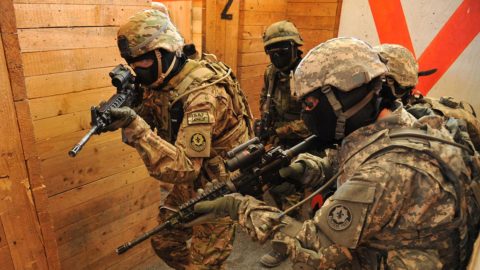
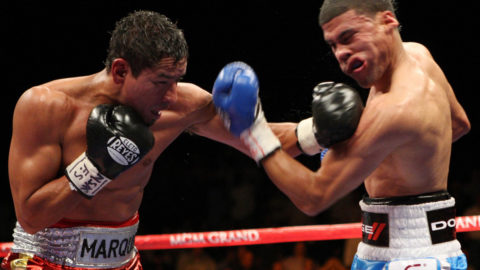
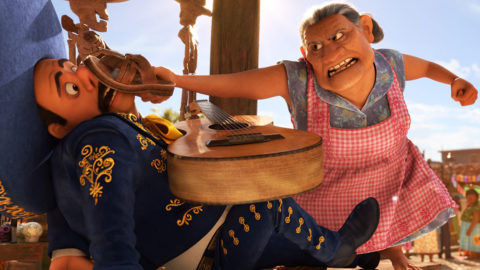
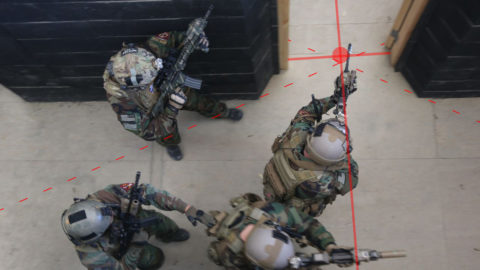
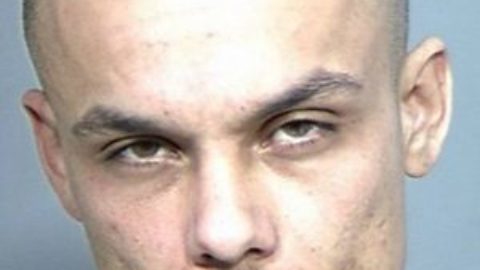
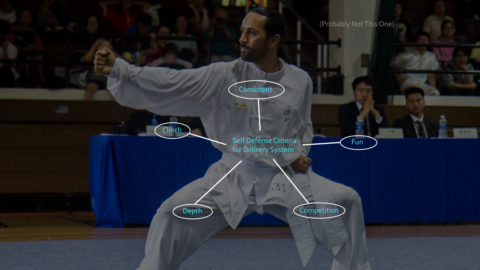
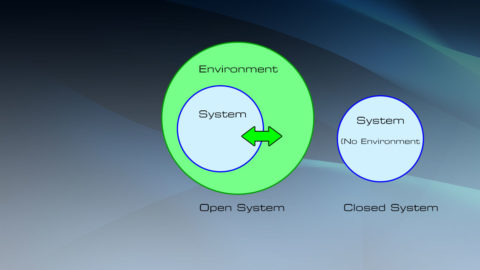
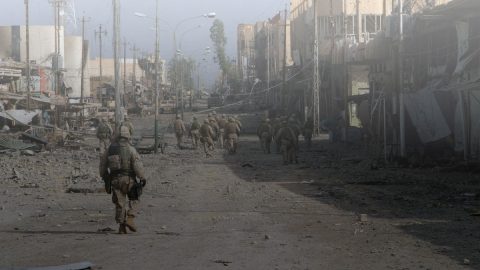
 Rob Brotzman
Rob Brotzman  Nathan Wagar
Nathan Wagar